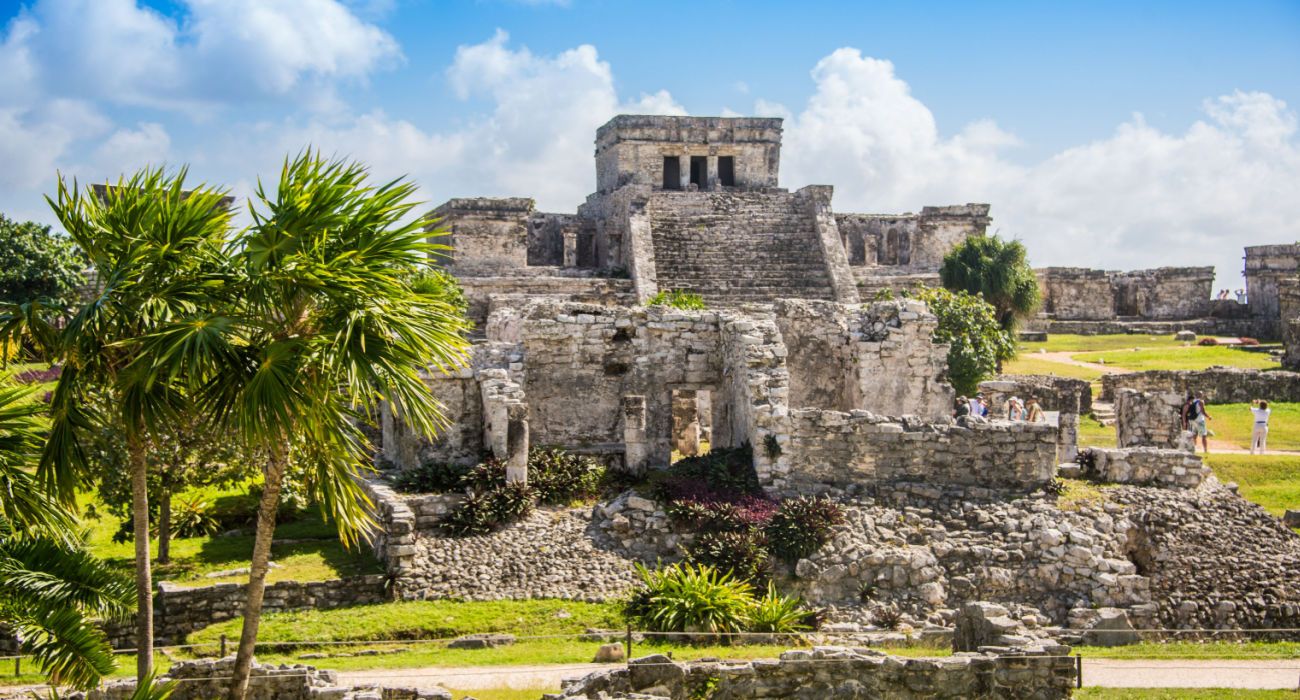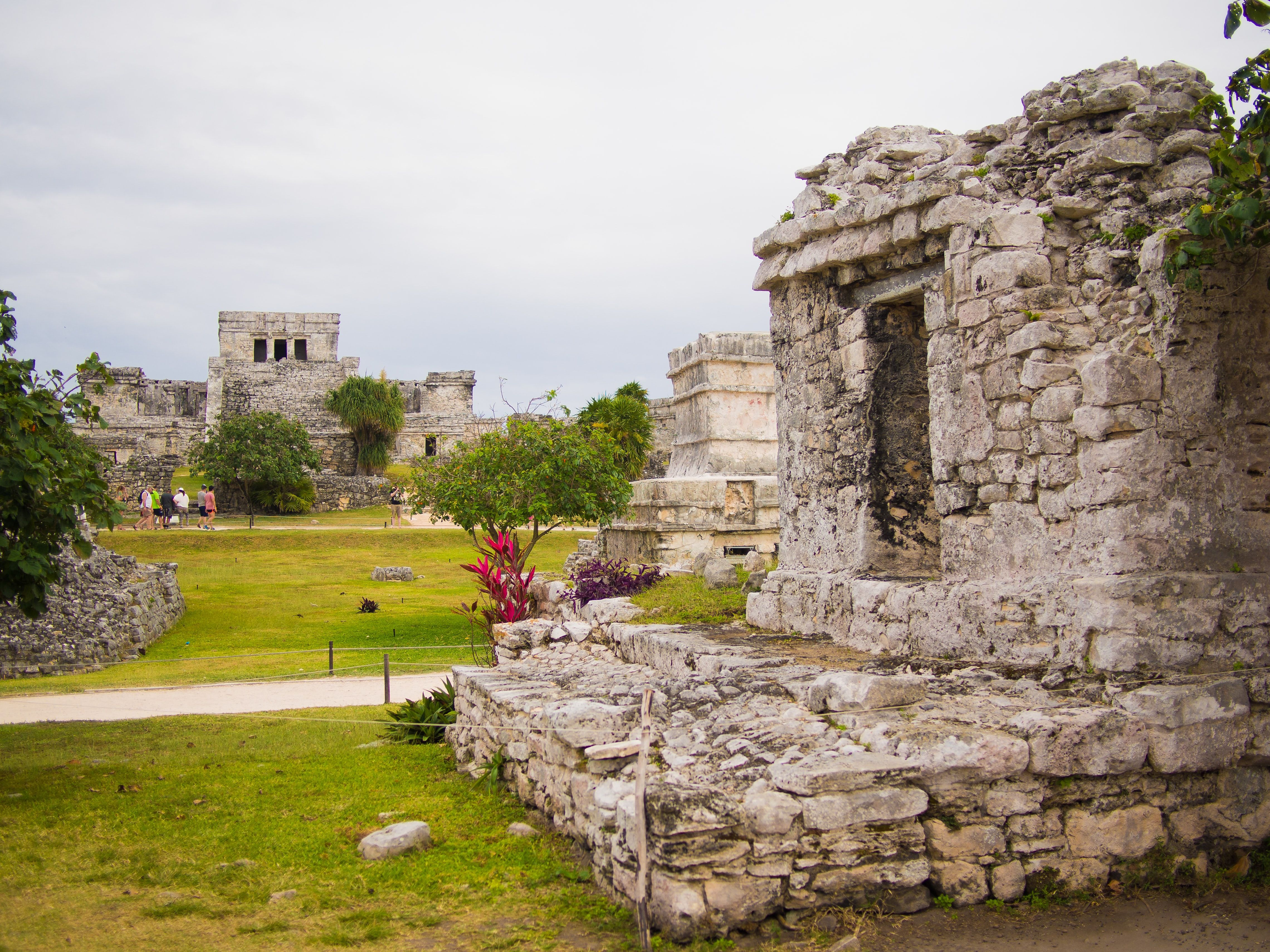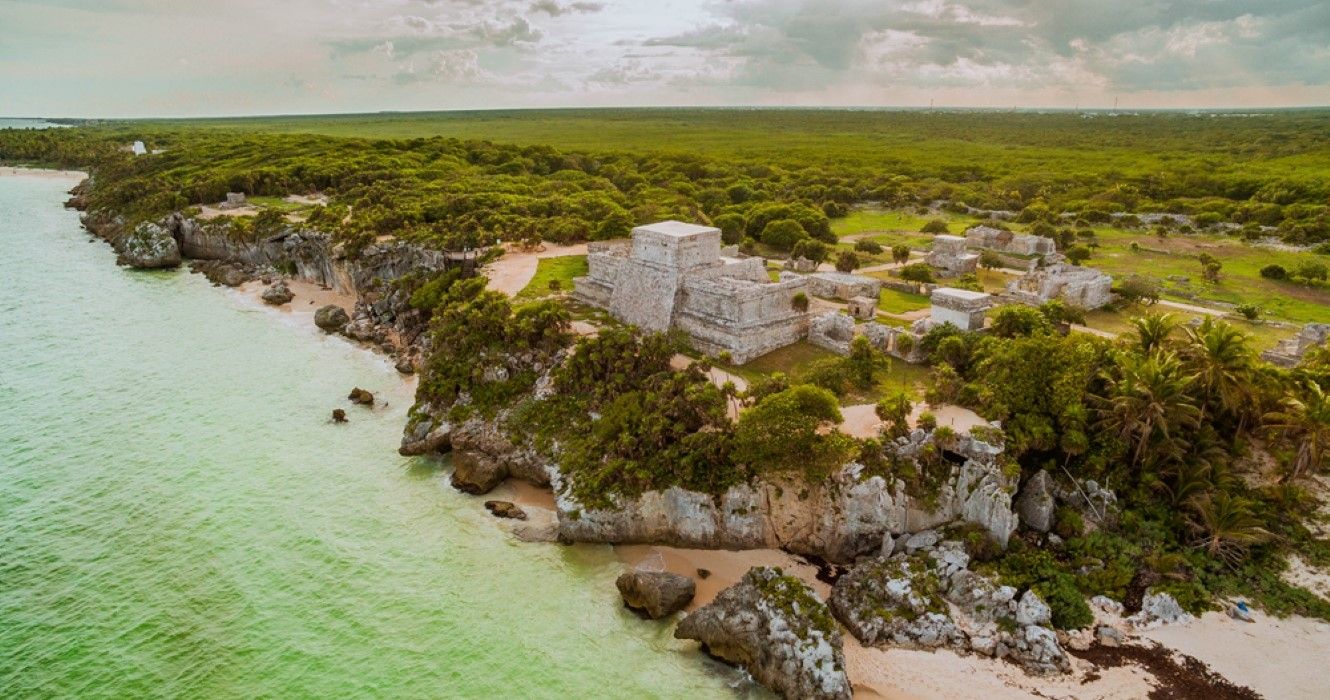Quick Links
Among the many reasons to visit Tulum is that it's still one of the top destinations in all of Mexico and is famous for its excellent beaches, its great resorts, and the many stunning cenotes of the area. It is also close to the ruins of the ancient Maya city of Tulum. Tulum was a pre-Columbian walled Mayan city and was one of the last Mayan cities ever built.
Other great Mayan cities include Chichen Itza (considered one of the Seven Wonders of the Modern World) and Tikal in today's Guatemala. Mayan ruins are to be found all over the Yucatán Peninsula and in the neighboring Central American states of Guatemala, Belize, San Salvador, and Honduras.
The History Of Tulum, Mexico: One Of The Largest Mayan Cities Still Going Strong Until Spanish Contact
"Tulum was the last great city constructed and inhabited by the Mayan people between the thirteenth and fifteenth centuries." - Island Life Mexico
Tulum was one of the last cities of the Mayan civilization. Tulum was founded before AD 564 (the date of the oldest stelae). It boomed during the Late Post-classic Period, and its heyday was from the 13th to 15th centuries and was still inhabited as the Spanish arrived on the scene. It would seem that the population collapsed after the introduction of Old World diseases by the Spaniards. The population of Tulum was quite small - only around 1,000 to 1,600 inhabitants. It is possible only the priests and nobility were protected inside the walls (the city's peasants lived outside the walls).
The real names of many of the Mayan cities have been lost to history, but it is possible Tulum was called Zama (City of Dawn). The name "Tulum" is from a Yucatán Mayan word for fence or wall - as it was a walled city.
- Heyday: 13th to 15th Centuries
Tulum is set on 39-foot or 12-meter-high cliffs overlooking the Caribbean Sea. Unlike most Mayan cities, Tulum was an important city for sea trade (mostly obsidian). Tulum enjoyed access to sea and land trade routes. It is the only major Mayan city built on the coast. Fresh water was supplied to the city by a small cenote.
Tulum was abandoned around 70 years after the Spanish began their conquest of Mexico. It wasn't long after contact with the Spanish that the site was abandoned in the 16th century.
Points Of Interest & Famous Mayan Ruins In Tulum, Mexico
One of the most notable features of Tulum is its walls. On the one side, Tulum was bounded by steep sea cliffs and on the other by a wall. The wall was 10-16 feet or 3-5 meters high and 1,300 feet or 400 meters long. The wall was one of the most impressive Mayan fortifications.
The main points of interest in Tulum are:
- The Temple of the Frescoes
- The Temple of the Descending God
- El Castillo
- The City Walls
The temple pyramid or El Castillo is not as large as what many may be used to at other famous Mayan cities. It stands 7.5 meters or 25 feet tall. By contrast, the Temple of Kukulcan or El Castillo at Chichen Itza stands 24 meters or 78 feet tall - plus another 6 meters or 20 feet for the temple top.
What To Know About Planning A Trip To Tulum
Today, Tulum is one of the best-preserved Mayan cities in Mexico and one of the leading archeological attractions for tourists.
Tulum is located in the modern-day Mexican state of Quintana Roo and is around 45 minutes drive south of Playa del Carmen, around 90 minutes south of Cancun, and just on the edge of town of the modern city of Tulum. People staying in Tulum can enjoy exploring both the ruins of Tulum as well as the pristine beaches of the Caribbean.
- Tulum Ruins Opening Hours: 8.00 am to 5.00 pm Daily
- Tulum Ruins Admission Fee: 80 Pesos ($3-4 USD)
Visitors can choose to go on a self-guided tour, or they can hire a guide. Guides cost around 600 pesos or $30 USD. The parking lot is around a kilometer hike from the ruins, but those who do not want to hike that distance can take the folkloric train to the archeological site. It takes around 10 to 15 minutes to hike from the car park (note that it can get very hot during the dry season).
This is quite a popular destination, and it gets around 2,000 visitors daily. Consider getting to the ruins at opening time to enjoy the best experience. Soak in the atmosphere and step 700 years back in the past.
In the Temple of the Frescoes, visitors can marvel at the murals that depict the Mayan world of the dead, the world of the living, and the creator and rain gods. One four-legged animal in the world of the living section seems to be a horse. If that is true, it is interesting, as they first came with the Spanish in 1518.





